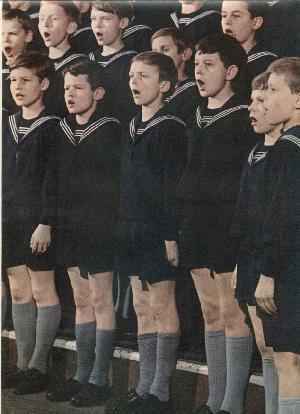
Figure 1.--We have not yet been able to identify this choir. We think it is aGerman choir, but we do not yet have any information about it. |

|
We have been able to identify most of the choral images we have found. While we do not know the name of the chiors, the appearbce of the boys and the uniforms suggest to us thast they were German choirs. They seem to be strictly uniformed, suggesting ell established choirs. There are a few excptions which we are archiving here. Hopefully our German readers will be able to help identify them so we can learn more about them. We can guess abiout the country and roughly date the images, but identifying the choir is more difficult. Posting them here is a step in the process of identifying them and using the reach of the internet to try to obtain some information.
Several boy choir after World War II adopted the sailor suit as a choir uniform. The first to do was the Vienna Boys' Choir and this was done before the War. It is surely the most famous of all boy choirs and still is. This was a powerful influence on the many boy choirs founded after the war. We know nothing about the choir here, probabkly photographed in the 1960s (figure 1). We think the choir is a German choir, but we are not at all sure. The boys wear traditional sailor suits with the standard three stripe detailing anshort opsnts, grey knee docks, and blsck shoes. The sailor suit was probably more popular as a boy's outfit in Germny than any other country, including Britain, although popular throughout Europe. We at first thought that they were the Vienna Choir boys, but the Vienna boys always wore a long pants uniform.
We have found another image of an unidentified choir thar we believe is a German boy choir, in this case a church choir. The boys wear simple uniform of white shirt and tie (possibly red), black or dark blue short pants, white knee socks, and black shoes. The photogrgraph looks to have been taken in the 1970s. There is a shield on their shirts, but it is too small to make out. Other Germans choirs wore similar uniforms which is one of the reasons we think it is German, although it could have been possibly taken in another European country like France or Belgium. It looks like it is a Catholic choir based on the altar behind the boys, a littkle hard to see with all the flowers.
Navigate the Historic Boys' Clothing Web Site:
[About Us]
[Introduction]
[Activities]
[Biographies]
[Chronology]
[Clothing styles]
[Countries]
[Girls]
[Theatricals]
[Bibliographies]
[Contributions]
[FAQs]
[Glossaries]
[Images]
[Index]
[Links]
[Registration]
[Tools]
[Main HBC Topic page]
[Boys' Historical Clothing Home]
Navigate the Historic Boys' Clothing Web choir costume pages:
[Return to the Main German choir page]
[Return to the Main choir page]
[Australia]
[Austria]
[Belgium]
[Bulgaria]
[Canada]
[Denmark]
[England]
[France]
[Finland]
[Germany]
[Japan]
[Netherlands]
[Poland]
[South Africa]
[United States]
Navigate the Historic Boys' Clothing Web style pages:
[Short pants suits]
[Blazers]
[Collars]
[Lace collars]
[Ruffled collars]
[Eton collar]
[Fauntleroy suits]
[Sailor suits]
[Ring bearer/page costumes]
[First Communion suits]
